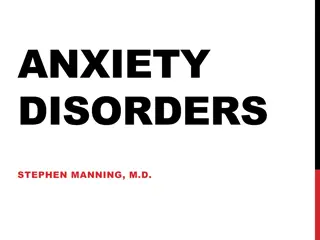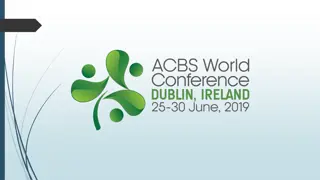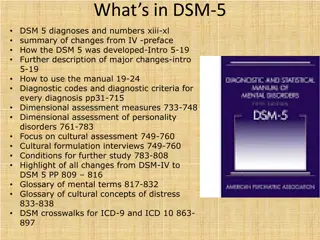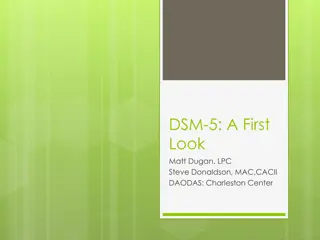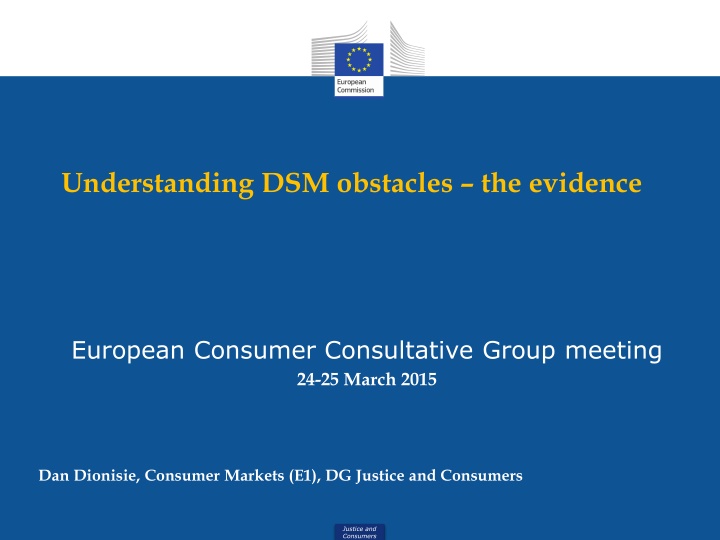
DSM Obstacles and Opportunities: Insights from European Consumer Consultative Group
Explore the challenges and potential of the Digital Single Market (DSM) as discussed in the European Consumer Consultative Group meeting. Discover key areas for improvement in online cross-border trade, digital content consumption, and market concentration dynamics.
Download Presentation

Please find below an Image/Link to download the presentation.
The content on the website is provided AS IS for your information and personal use only. It may not be sold, licensed, or shared on other websites without obtaining consent from the author. If you encounter any issues during the download, it is possible that the publisher has removed the file from their server.
You are allowed to download the files provided on this website for personal or commercial use, subject to the condition that they are used lawfully. All files are the property of their respective owners.
The content on the website is provided AS IS for your information and personal use only. It may not be sold, licensed, or shared on other websites without obtaining consent from the author.
E N D
Presentation Transcript
Understanding DSM obstacles the evidence European Consumer Consultative Group meeting 24-25 March 2015 Dan Dionisie, Consumer Markets (E1), DG Justice and Consumers Justice and Consumers
What do we need to know? Logic: Removing obstacles (not regulating supply, demand) Win-win Market features: Online cross-border B2C trade flows supply side: e.g. costs, barriers, commercial strategies demand side: e.g. trust, concerns, home bias role of intermediaries: comparison tools, platforms Obstacles: supply side / demand side relative importance, sequencing, combined impact Justice and Consumers
What do we know? Justice and Consumers
Online B2C flows growing B2C e-commerce (352-363Bn in 2013, +17%, 2.2%GDP, 2m+ jobs, Europe world's leading market ~ 33%) cross-border potential remains largely untapped (11.7Bn /year can be saved shopping cross-border; potentially up to 204Bn in consumer welfare gains from e-commerce in goods; 260Bn overall gains to EU economy achievable in coming years) % of EU consumers buying online (past 12 months) cross-border shoppers' total online spending (domestic+CB) is 2x that of domestic only shoppers Open question: How to benchmark the DSM performance? Justice and Consumers
Online B2C flows some caveats - Consumers may under-report cross-border purchases - Cross-border as credible alternative more important than actual incidence of purchases Justice and Consumers
Digital products 31% of EU online shoppers bought digital content in 2014 In 2016, 67% of global spending on entertainment and media growth will be generated by digital spending EU app economy ~17.5 Bn (2013; est.63Bn by 2018), 1m jobs, global leader on games apps Availability of digital content across EU is high: 75-80% for music (iTunes), lower for film but strong consumer home bias +common preference for English Online games one of the fastest growing markets, followed by digital music; market for e-books smaller and turnover growing much more slowly. "Freemium" model influential for games, digital music, online video Problems reported by 54% of respondents, e.g. no or unclear information (42% of the two most recent problems); problems with access to (31%), the quality (14%) and the security (9%) of the products. Justice and Consumers
Concentration Google and Facebook dominate global mobile ad revenues 80% of traffic on <3% of websites = global platforms App developers squeezed by US-based platforms through high fees Number of EU28 MS where websites are used: % of website (left), % of page views (right) in EU28 Justice and Consumers
Obstacles as experienced by consumers Persistent trust gap: consumers more confident making domestic online purchases (61%) than from other EU countries (38%) Market segmentation by companies: impossibility of completing a purchase: 10% say foreign seller refused to deliver to their country; 8% were redirected to a website in their own country where prices were different; 5% report that retailer did not accept payment from their country (2014) 74% of the complaints concerning services received by ECC's related to consumers facing difference in price or service when buying online cross-border (2010-12) Justice and Consumers
Obstacles as experienced by businesses Retailers that sell online cross-border quote as main barriers to selling to other EU countries: higher fraud and non-payment risks (42,7%) differences in national contract law (38,8%) differences in tax (38,6%) differences in consumer protection rules(38,4%) costs involved in resolving complaints and disputes cross-border (35,2%) transport costs due to distance (34,6%) Failed intra-EU trade due to contract law: 26-184 Bn (2011) Justice and Consumers
Fresh evidence In-depth surveys of businesses and consumers to rank DSM obstacles (2015) Regulatory fragmentation and compliance costs Trust and security in online transactions Territorial or vertical restrictions Access to infrastructure and digital resources Consumer survey Tangible goods & services / digital content / online services Digital content: paid vs. free, downloaded vs. streamed Reasons for buying, trust, concerns, problems Purchasing journey Complemented with clickstream data (actual online behaviour) Behavioural study on online Terms and Conditions (early 2016) Justice and Consumers
Surveys on DSM obstacles - initial findings Business survey A limited number of barriers really matter, e.g. settling cross-border disputes, suppliers restrictions to sell cross-border, delivery costs, taxation rules, and knowledge of the rules abroad. These barriers matter most for small firms who find it harder to overcome the associated trade costs. Consumer survey Concerns on cross-border purchases mostly relate to delivery and remedies Problems experienced mainly on delivery, non-conformity, remedies Consumers in EU13 spend proportionally more cross-border than EU15 Analysis still ongoing will feed into DSM Strategy Consumer survey findings will be reported more extensively in the next Consumer Conditions Scoreboard (Sept. 2015) Justice and Consumers
Some (still) open questions How will the benefits of removing contract law obstacles be distributed? Business vs consumers? Small business vs big business? Consumers in smaller markets / poorer countries vs consumers in bigger markets / more affluent countries? Looking forward to your views, insights, evidence Justice and Consumers
Thank you! Justice and Consumers


